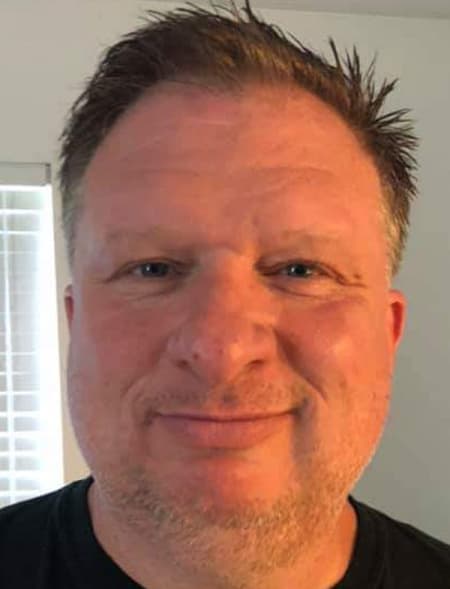An often-misunderstand reality in sports is not all athletes are on the same time table.
As a result, some players in their respective sports take longer developing at a rate commensurate with their initial hype. Some deal with injuries, that significantly change whatever course they were on before getting banged up.
Jalen Washington fit the latter two, but because of the knee issues he suffered in high school. They followed him to North Carolina, where the 6-foot-10 native of Indiana didn’t play until the tenth game of his freshman season.
Then, aside from January contests at Virginia and Louisville, due to injuries to other UNC big men, Washington simply didn’t play much. Spot duty here and there. Nothing more.
Washington’s time on the court increased last season during his sophomore campaign, but it wasn’t what he wanted, nor what his pre-Carolina expectations suggested would occur in his second season. But he’s not stressed about time chipping away. Washington is patient, has a big-picture view, and understands he’s in the midst of a personal process.
“I feel a whole lot more confident than I did last year, so I see improvement,” Washington said during UNC’s season, in which the Tar Heels won the ACC regular season title, were a No. 1 seed in the NCAA Tournament, and finished 29-8.
Washington almost always played like someone who trusted his knee, was finding his game, and wasn’t in a rush. Part of the course has been playing more physically. Washington has a lot of finesse and skill in his game, but needed to add ruggedness.
“For me, I just had to find my way and be physical,” he said. “I don’t have the same frame as Mando, I don’t have the same strength as Mando. So, me being physical is just holding my ground and find different ways to get around guys instead of going through them.”
Washington appeared in all 37 UNC games as a reserve. He averaged 8.4 minutes, 3.9 points, and 2.6 rebounds per game. Washington shot 70.1% from the floor, including 53.5% (8-for-15) from 3-point range. He was at just 64.3% (27-for-42) from the free throw line. Washington was second on the team with 21 blocked shots.
So, breaking down Washington’s numbers per-40 minutes, they are: 18.5 points, 12.3 rebounds, and 2.7 blocks per game.
Known by his teammates as having a sweet turnaround jump shot, and a self-described serious perimeter threat, Washington showed a range of qualities this past season. Consistency is important, as are adding layers in areas he excels, plus new ones. But his ceiling is pretty high, his coach says.
“I think he can be an elite rebounder and give us another post presence,” UNC Coach Hubert Davis said. “He's a big five that can stretch the floor. He can shoot from three. He's an excellent passer and sets really good screens.”
Washington improved late in the season, notably playing off of teammates better. He learned how to mesh with them, be more aware of them, and it got him some easy buckets over the last month.
In fact, six of his last 13 field goals were dunks, many of them rolling to the rim, cleanly catching passes, and going up with authority.
“Watching film, getting a lot more feel with it,” Washington replied, when asked about getting more looks right at the cylinder. “Before, I struggled a little bit with getting clean catches. But now I have it in my head to be ready and to expect the ball to come in no matter the way it comes in; whether it’s hot whether it’s a good pass.”
At times, Washington appeared overmatched in the paint. He doesn’t run from recognizing it, instead uses any struggle as a means to learn and get better. It’s that long-term view he has, more a real-life one than the fantasy outlook so many college athletes have these days that keeps him grounded.
Nearly 2,000 Division One men’s basketball players entered the transfer portal. With 262 D1 teams, and 13 scholarships per club, that means somewhere in the neighborhood of 40% of them entered the portal. Washington, however, did not.
It’s his course. It’s his path. It’s his process.
